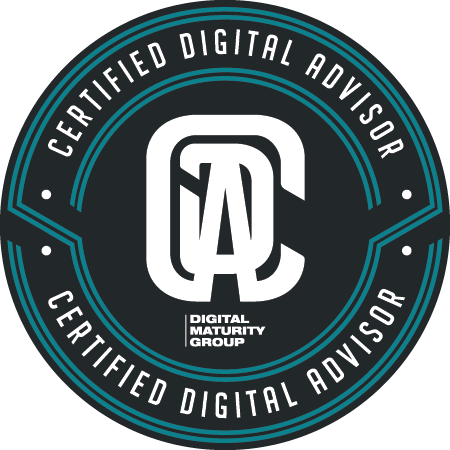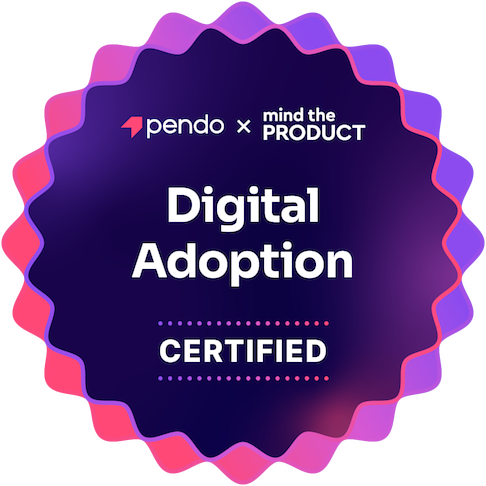This is a 4-part series on the foundations of search engine marketing (SEM). This one will focus on Keyword, Cost-Per-Click (CPC), Click-Through-Rate (CTR) and more. You can read the other blog parts by following the links below.
- Part 2: SEM 101 (Part 2): How Does Quality Score Work In Search Engine Marketing?
- Part 3: SEM 101 Part 3: Branded and High-Intent Keyword Campaigns
- Part 4: SEM 101 Part 4: Low-Intent and Competitor Keyword Campaigns
Working in the marketing industry, I sometimes forget that we use lingo that can be foreign to someone who doesn’t work in the same field. I came to this realization when I had a conversation with a colleague in a different industry who asked me, “what the heck is a keyword?” She thought ‘keyword’ was a synonym to ‘password’—like a word you utter to gain access to a secret room. I gave her a quick explanation on what a keyword was and how it makes searching for online content easier on search engines like Google, DuckDuckGo or Bing. While we inevitably delved into a search engine rabbit hole, finding more questions than answers, our conversation made me realize there are others that don’t understand this aspect of business and might want to learn more. Wingman’s first multi-part blog series will be dedicated to those looking for foundational knowledge in the world of search engine marketing (SEM) and how it can benefit their business.
Now more than ever in our “new normal”, businesses need to find ways to gain exposure. For many businesses, the only plausible solution is through digital means. We understand that thoughtful allocation of resources is at the forefront of every business. That’s why we thought it would be best to offer some knowledge to help our fellow small businesses out. As we write the rest of our blog series, Wingman will delve into some more technical aspects of SEM, but for now, let’s talk about what SEM, keyword, CPC and CTR is.
If you’re ever feeling stuck or would like someone to take over for you, Wingman has your back! Don’t hesitate to ask questions in the comments below, or contact us by email instead. We would be glad to help with any marketing strategy or campaign you may have.
What is SEM?
While SEO (search engine optimization) is a common term many of us have heard before, it seems that SEM isn’t as widely understood. SEM is the process of utilizing search engines, including all of its tools, as a tactic to gain exposure for your company. SEM primarily consists of two segments: SEO and paid advertising. In short, SEO is a piece of the larger SEM pie.
1. SEO
Ever wondered why one website is the first result on a Google search, but another could be 3 pages deep? This is what SEO does for a website. To prioritize what website gets what ranking on a search result, search engines send out “crawl bots” to find content across the internet relevant to your search. For example, if I searched for “pears,” it would scour the internet for websites that are relevant to pears. SEO is the process of making it easier for crawl bots to find your website. By offering a great viewing experience to your audience and optimizing your page for crawl bots, your overall page will rank higher in position. Best of all, optimizing a website for search engines is free!
2. Paid Advertising
However, SEO does have its caveats. Once a business owner optimizes their website, it’s up to the search engine to determine what pages are ranked. By contrast, paid advertisements sit above organic content (optimized website content). Of course, there are no shortcuts. Just like SEO, paid advertisements still require time and effort to attract the attention of your customers. Paid search engine advertisements simply offer greater control:
- Who do you want seeing your ad?
- How often would you like to display the ad?
- What web pages should your visitors land on?
To do this for any sort of SEM campaign, you’ll notice several terms that pop frequently: Keyword, CPC, CTR and Quality Score.
Keyword
A keyword is the main intent of a visitor using search engines. In the previous example, this would be “pears.” A keyword could be as simple as one word or a string of 10 words! It’s important to note that the number of keywords in a phrase matter.
- Less keywords in a phrase create a broader, generic search result.
- More keywords in a phrase create a narrow and specific search result.
Keywords are at the very core of any SEM campaign and there’s much more to cover than a paragraph alone. In our next blog post, we’ll be discussing the strategies behind keywords in further detail.
CPC
Search engines use a bidding system to determine an ad’s ranking. When a visitor enters a relevant keyword, the search engine pits several ads in an auction to determine which ad is served at the top. Generally, the highest bid wins.
For example, if Company A bids $0.95 and Company B bids $1.05 for the same keyword, Company B would be displayed first, before Company A. Of course, there are other factors that contribute to an ad’s final rank. The amount an advertiser would like to bid at is the cost-per-click, or CPC. Maximum CPC is the threshold an advertiser is willing to bid on a keyword. The search engine will not charge anything above this amount per keyword. This helps the advertiser manage their campaign costs and budget.
However, an advertiser often won’t need to spend their maximum CPC on every keyword. Sometimes it might be enough to spend only half of the maximum CPC. Average CPC allows you to see how much it costs on average to bid for the keyword. If the cost is too high, you may need to pivot your campaign strategy. This metric is also beneficial to calculate your return on investment (ROI) per keyword.
CTR
Click-through rate, or CTR, is the ratio of users that click your advertisement to the total number of users that view the ad (this is also known as an impression). If 100 users view your ad and only 1 of them clicks it, your ad would have a CTR of 1/100, or 1%.
CTR is an important metric to keep in mind. The industry standard for ads on search engines is a CTR of 1%. A CTR of greater than 1% is performing well. There can be several reasons why a campaign may have less than a 1% CTR:
- Seasonality
- Poor copy
- A low maximum CPC
Quality Score: This one’s another special one. We’ll be covering this particular component in the next post in-depth, as a lot of your efforts will depend on having as high of a quality score as you can humanly get. Quality Score is the most prominent factor that dictates how much you actually spend on each keyword. A higher score means less CPC, and vice versa.
In Conclusion
Marketing does not have to be an expensive endeavour. Keyword, CPC, CTR are all things that you can manage with some diligence and knowledge. By following this blog series, we hope that you can build smart, effective SEM campaigns. If you need assistance, Wingman has your back! Leave your questions in the comments section, send us an email, or book a Wingman today.





